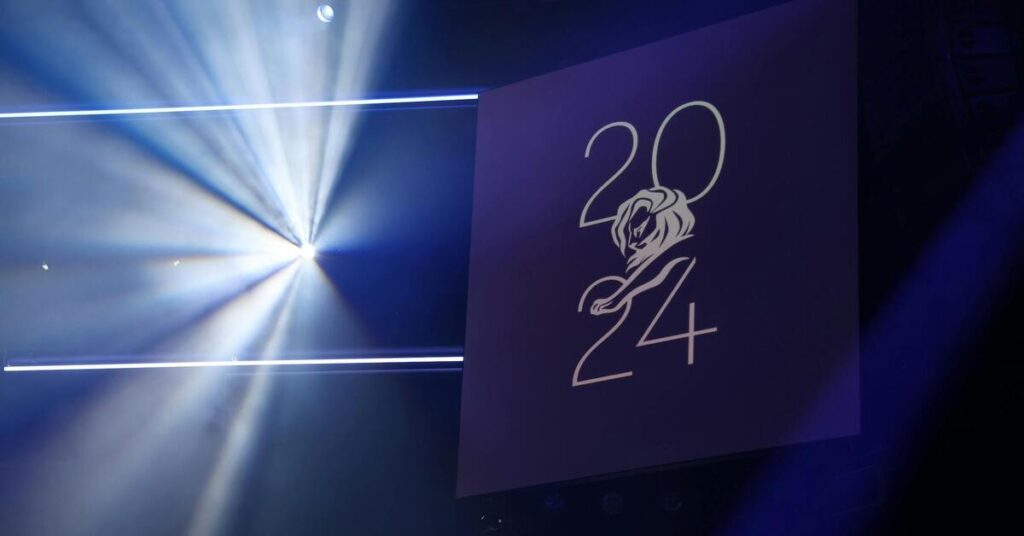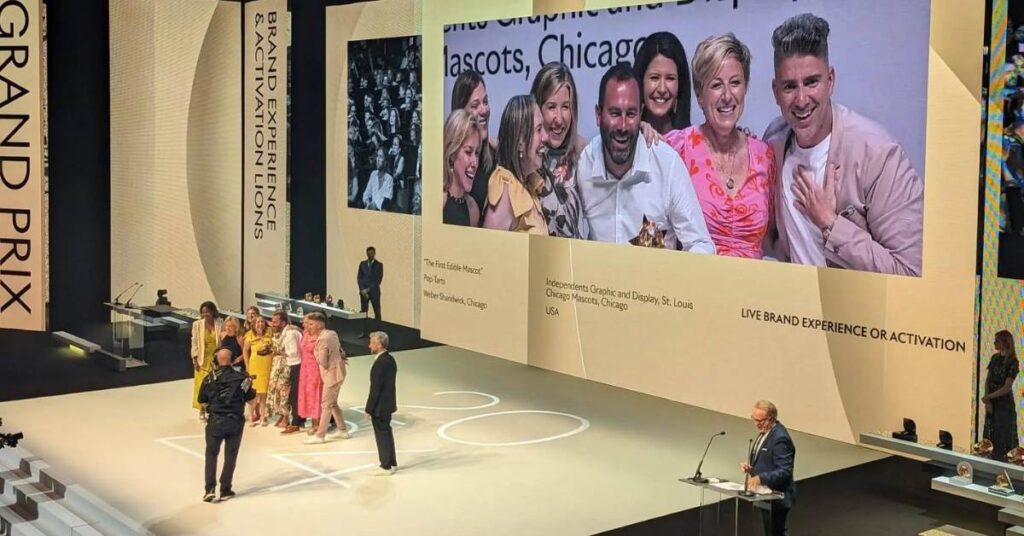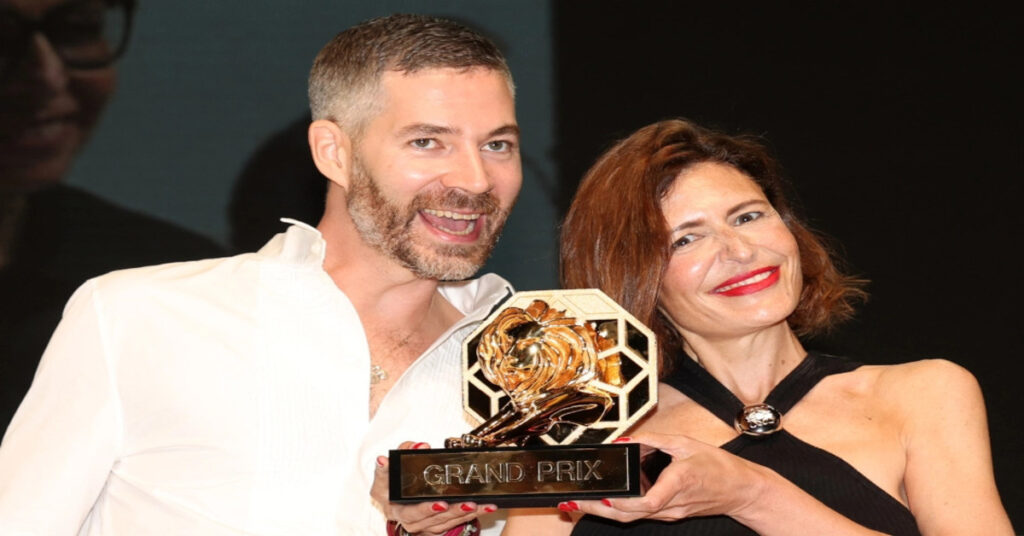Super Bowl LVIII 2024 not only brought forth another thrilling game on the field but also stirred up conversations with its array of advertising campaigns. It has become a spectacle that kept fans on the edge of their seats. The Kansas City Chiefs clinched a thrilling victory over the San Francisco 49ers in overtime at the Allegiant Stadium in Las Vegas, cementing their status as the next NFL dynasty. From tried-and-true tactics to surprising twists, this year’s commercials left viewers buzzing. Let’s dive into the highs, lows, and downright puzzling moments of the advertising front at Super Bowl LVIII.

Celebrity Connections and Cultural Caricatures
As anticipated, celebrities took center stage in many Super Bowl ads, aiming to create connections and generate buzz. Dunkin’ doubled down on Ben Affleck’s Boston roots, while State Farm and BMW played off distinctive accents for humorous effect. Verizon stunned viewers with a surprise appearance from Beyoncé, showcasing the power of blending personal brand with cultural moments. However, not all celebrity-driven ads hit the mark, with some brands missing the opportunity to forge meaningful connections with their audience.
Super Bowl LVIII Ads: Hits and Misses
While the game was a nail-biter, the advertising front delivered a mix of clever, conventional, and head-scratching commercials. Marketers, in the wake of a year filled with cultural controversies, played it safe. Yet, the realities of an election cycle and global strife uncomfortably seeped in. Let’s have a look at some of the best and some of the bad ads featured in the Super Bowl LVIII according to the audience reactions to it.
The Good: Distinctive and Purposeful
Some of the best ads of the night were those that had a distinctive angle, a clear message, and a strong connection to the product or the brand. Many companies relied heavily on celebrity presence to score points, often at the expense of humor, wit, and product connection. This resulted in a deluge of listless cameos, benefiting ads with a distinctive angle, such as CeraVe’s quirky effort with Michael Cera and State Farm’s campaign playing on Arnold Schwarzenegger’s accent.
Some brands also embraced purpose-driven messaging, aligning themselves with social causes and values. Brands steered clear of controversy and culture wars, but some, like Dove, embraced purpose-driven messaging. Dove’s ad, for instance, celebrated the beauty and diversity of women, and encouraged them to share their stories and support each other.
The Foundation to Combat Antisemitism’s ad made a powerful point about standing up to all forms of hate, using historical footage and testimonials from survivors and activists. Pfizer’s ad toasted to the history of scientific advancement, and ended with a hopeful message to fight cancer, leveraging its credibility as the maker of the COVID vaccine.
The Bad: Listless and Head-Scratching
While weird humor and creative risks have been synonymous with Super Bowl ads, this year’s lineup saw mixed results. Some of the worst ads of the night were those that relied heavily on celebrity presence, but failed to deliver humor, wit, or product connection. Some ads also left viewers scratching their heads, either because they were too weird, too vague, or too off-putting. Temu’s animated ad, for example, left viewers scratching their heads, failing to engage despite strategic media placement.
The Church of Scientology’s ad was another puzzling spot, asking people of all faiths to learn more about the religion, but not addressing the controversies and criticisms that surround it. He Gets Us, a Jesus-focused advocacy group, ran two ads that preached inclusivity, but drew confusion and ire from some viewers who questioned the appropriateness and the motive of a religious group spending money on a Super Bowl ad rather than on helping people.
The Political: Bold and Risky
In spite of the NFL’s seeming anti-political rhetoric that dominated headlines during the Colin Kaepernick kneeling era, there seemed to be quite a few politically charged ads that ran during the Super Bowl. Some of these ads were bold and risky, taking a stand on issues that matter to the audience and the society. For example, Power to the Patients, an advocacy group for healthcare price transparency, ran a regional ad featuring country stars Lainey Wilson, Jelly Roll and Valerie June, urging viewers to demand fair and affordable healthcare. This ad tapped into a relevant and pressing issue that affects many Americans, especially during the pandemic.
However, the night’s most political ad, supporting Robert F. Kennedy Jr.’s presidential bid, was a flop. The ad, which aired nationally, showed clips of the candidate’s speeches and rallies, and ended with the slogan ‘A New Hope for America’. The ad drew criticism for its timing and relevance to the event, as well as for its tone-deafness to the current political climate and the public sentiment. Many viewers felt that the ad was inappropriate and opportunistic, and that the Super Bowl was not the place for political campaigning.
Innovation Takes a Backseat
Innovation generally took a backseat during the CBS broadcast. A few ads promoted generative artificial intelligence (AI) and QR-code enabled commercials from companies like DoorDash and TurboTax, linking linear channels with mobile. An energetic, kid-friendly Nickelodeon simulcast also earned accolades amid an affair that otherwise did not match the glitz and glam of Vegas, barring a show-stopping halftime show from Usher and a raft of musical guests including Alicia Keys.
The halftime show was a spectacle in itself, providing a much-needed break from the intense game. Usher, the headline act, delivered a show-stopping performance that lived up to the glitz and glam of Vegas. He was joined by a raft of musical guests, including Alicia Keys, adding to the star power of the event. The halftime show was a testament to the Super Bowl’s ability to bring together sports and entertainment in a grand spectacle.
Notable Absences and Entertainment Overload
Surprisingly, liquor and automotive brands, usually prominent players, were notably absent from this year’s Super Bowl ad lineup. Instead, entertainment took the spotlight with a plethora of movie trailers and streaming campaigns. Host network CBS and parent company Paramount inundated viewers with ads, creating a constant stream that missed the mark for some. Meanwhile, AI made a modest appearance, with Google’s spot standing out for its emotional storytelling and focus on accessibility.
The Takeaway
Super Bowl LVIII’s advertising landscape showcased a mix of hits, misses, and unexpected moments. From celebrity-driven campaigns to creative risks and political statements, brands navigated the complexities of capturing audience attention in a fiercely competitive environment. While some ads soared with their cultural relevance and emotional resonance, others fell short, highlighting the challenges of creating impactful advertising in today’s dynamic landscape. As the dust settles on another Super Bowl, the conversations sparked by these commercials continue to resonate, shaping perceptions and leaving lasting impressions on viewers.



